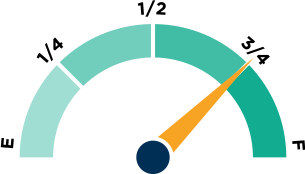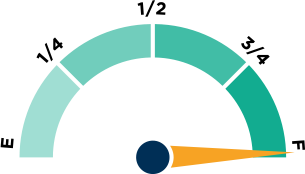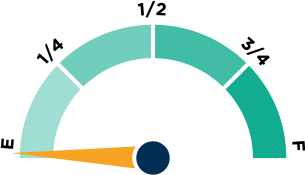Arizona
Rank
Arizona, holding strong at 2nd with an A-, continues to blaze trails in education freedom. Universal ESAs and a thriving charter sector make the Grand Canyon State a beacon for personalized learning nationwide.
Close second to Florida, and home to Arizona Autism Charter Schools, the 2022 Yass Prize winner, this state's charter schools have flourished for years thanks to an incredibly strong law, resulting in exceptional performance over traditional public schools and...
Arizona’s innovation environment provides families with numerous unique options, including work-based learning with the potential to earn credits towards graduation, state supported efforts to promote personalized, mastery- and competency-based learning, which...

Upon election in 2022, some were hopeful that the new Governor would respect parent power, even if she were opposed to the state’s plentiful education choice options. Hobbs instead began a series of attempts to severely rollback Arizona's popular Empowerment...
There are five private school choice programs here, providing roughly 170,000 families with the ability to send their children to private schools. Participation in these programs continues to grow, and increasing numbers of Arizona's families – with children...
More than a dozen states made major gains in education freedom this year by passing or expanding ESA programs, signaling a powerful shift toward student-centered funding.

Arizona’s commitment to transparency is clear and benefits students and families. School report cards are highlighted under the “Parents” tab of the state Department of Education website. Report card data is thorough and comprehensive, including important data...

One of many data points to assess whether a state has the right policies in place to ensure teacher quality is the "use of student achievement data in teacher preparation accountability." How empty or full the fuel tank above is will give you the answer for your state.

"Arizona's constitution contains a Blaine Amendment. The Arizona Supreme Court previously struck down a voucher program. However, that Court later let stand a Court of Appeals decision upholding the Empowerment Scholarship Account program." (Institute for...